The Slipped Disc daily comfort zone (237): Unexpected Gould
mainWho knew that GG was a fan of Carl Maria von Weber? Maybe not a lifelong fan. He was just 19 when he played this with Sir Ernest MacMillan and the Toronto Symphony.
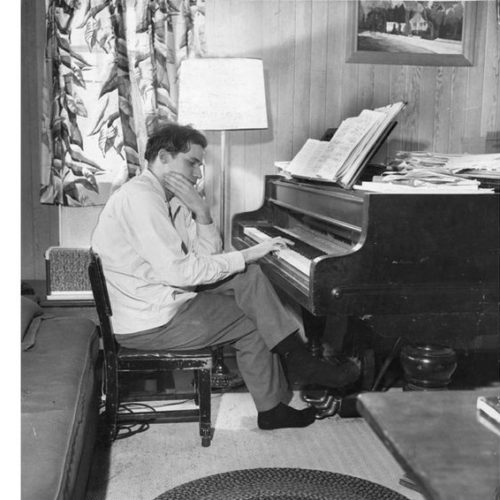
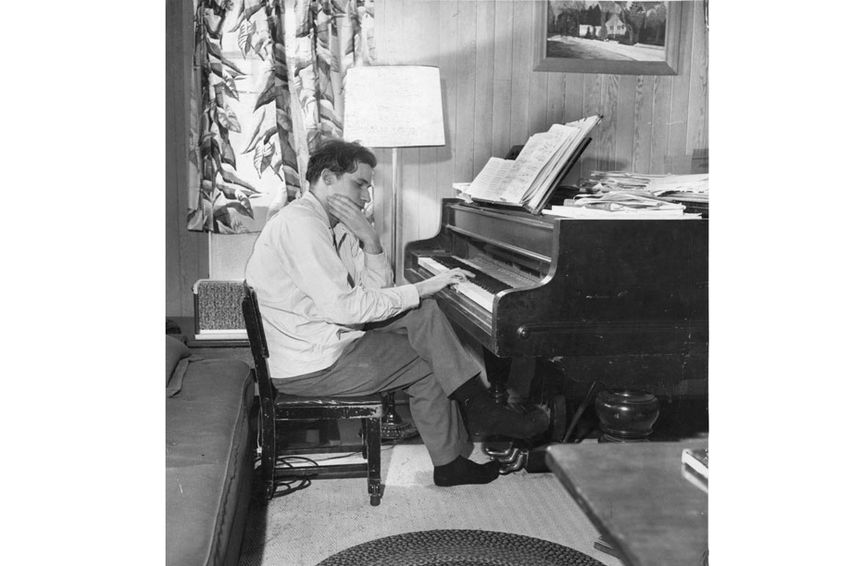
Who knew that GG was a fan of Carl Maria von Weber? Maybe not a lifelong fan. He was just 19 when he played this with Sir Ernest MacMillan and the Toronto Symphony.

We have been notified of the death this…
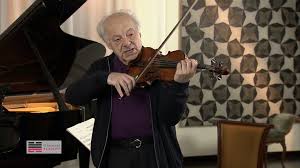
The tenor hath posted: For family reasons, I…
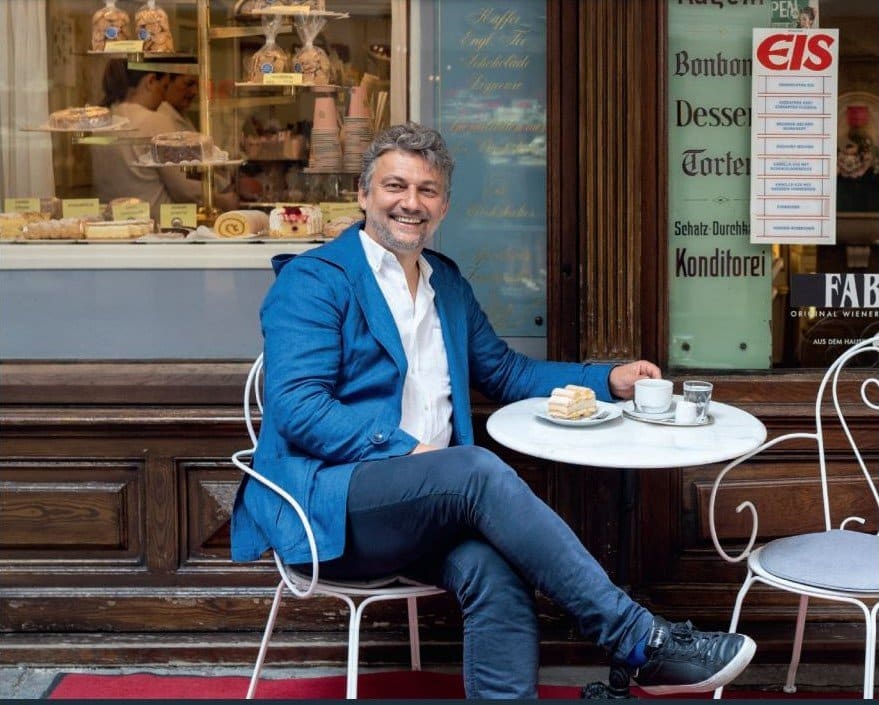
The Finnish chief of the BBC Symphony has…
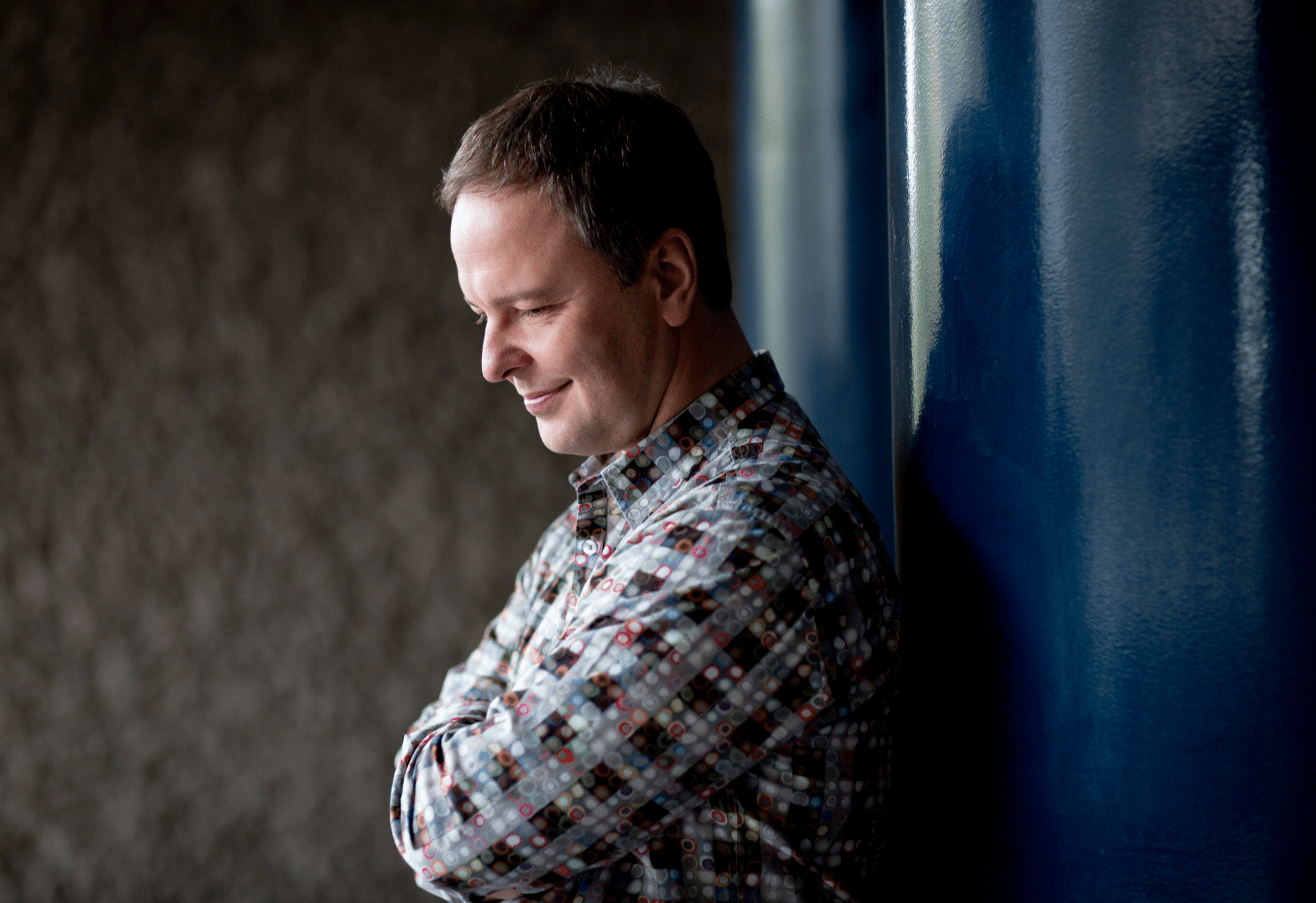
The Utah Symphony has announced Markus Poschner as…

Session expired
Please log in again. The login page will open in a new tab. After logging in you can close it and return to this page.
This is so marvelous! Thanks, Norman, for posting this!
It is obvious that Gould cared about this music and thought about it deeply. That is apparent from his first entrance, when he let the melodic notes ring through even as he damped the harmonic accompaniment. His pianism throughout is superb.
And the collaboration by Sir Ernest MacMillan and the Toronto Symphony is at the highest level.
I am sure Weber himself would have enthusiastically approved of this performance. And I bet Beethoven, listening from the wings, would have too!
Tutti bravi!!!! Ancora, TUTTI BRAVI!!!!
The 12-year-old Felix Mendelssohn almost certainly attended the premiere and the piece became a staple of his concert repertoire He first played it at age 18, on 20 February 1827, in his first public concert, at which his A Midsummer Night’s Dream Overture was premiered.
Very beautiful, “normal” playing and phrasing with super-fine articulation, a Gould hallmark. No humming or singing. This would be from 1950 or 1951, contemporary with Robert Casadesus’s fine recording and a European one by Gulda? Rosl Schmid? It’s a reminder that Gould also played Chopin.
It’s also a reminder of Weber’s four piano sonatas that Karl Halle ,later Sir Charles, played to a delighted Franz Liszt in Paris en route to England,– the first with its moto perpetuo finale famous from Benno Moiseiwitsch’s record, the fourth from Alfred Cortot. Richter and Arrau also knew them, and I think Garrick Ohlson recorded them all. Weber’s two piano concertos were, and are, not as often played. Even this Konzertstueck has faded, as a contributor just remarked.
“Invitation to the Dance” is better known, partly from Berlioz’s orchestration used in a ballet. Cortot and even Artur Schnabel played it, though not in Carl Taussig’s virtuoso elaboration (Moiseiwitsch again), which recalls Taussig’s arrangement of Strauss’s “Man lebt nur einmal–Waltz”, one of Rachmaninoff’s unexpectedly most beautiful discs, like his Grieg violin sonata with his friend Fritz Kreisler, full circle back to Gould, who claimed kinship with “Greig”.
So great to discover this. Here is Cortot in von Weber’s Grand Sonata No. 2 in Ab, Op. 39.
1. Allegro moderato https://youtu.be/pfFx5OdsOMM
2. Andante: Ben tenuto https://youtu.be/3MsAy9hbHuE
3. Menuetto capriccioso: Presto assai https://youtu.be/EFMGLQCq9Ws
4. Rondo: Moderato e molto grazioso https://youtu.be/JzhgV_NND8Q
Simply unbelievable! Each note speaks!
I think the entrance is much too regular and dry. At the time, it was expected that the player would DO something with the notes.
The pianism is beautiful, but typical of ‘modern’ in postwar times.
True – the entrance is full of passion and heart break, but Gould misses it completely.
If your ears miss it, it does not mean that “Gould misses it”. For me, his opening phrases in this recording do definitely project both passion and heartbreak – even in this mediocre recorded sound quality.
Enchanting. As Nick says, “each note speaks.”
Thank you, NL.
Weber’s Konzertstuck has had many famous defenders, including Arrau, Bolet, Liszt, Lili Kraus, Schnabel, etc.
I’ve heard it live only once, played by Malcolm Frager. The New York Philharmonic database has them playing it at least once every decade but one from the 1840s to 1982 (Arrau), and not at all since. ?
I laughed to see our posts here, Greg, each unknownto the other, proving your poin about like mindst on the Blomstedt Finno-Scandian discussion. Did anyone ever see both of us together in the same room? ‘m glad you gave credit to MacMillan and the orchestra.
The soloist’s entry is crucial: Cortot in Franck’s “Variations symphoniques”, Hubermann’s re-thought rising shriek in Beethoven’s concerto with Szell, Josef Hofmann’s storm in Rubinstein’s D-minor concerto with Reiner and the Curtis band, all seize attention and foretell what follows, as Gould does here.
Thanks, Daniel Poulin, for tracing Weber’s connection with the truly prodigious Felix Mendelssohn-Bartholdi. It reminded me that another once-popular concerto in F minor by Adolf Henselt was chosen by Clara Schumann and Rachmaninoff for their debuts, and that a charming waltz by Weber from a group of piano four-hand duets was orchestrated by Arcady Dubinsky for Fabien Sevitzky and the Indianapolis Symphony.
A footnote. When Karl Halle called at Liszt’s home in Paris, Liszt’s mother answered the door and said her son was out but would soon return. Halle asked if he might play the piano until then. “My son does not have a piano,” said his mother. “There are pianos wherever he goes.”